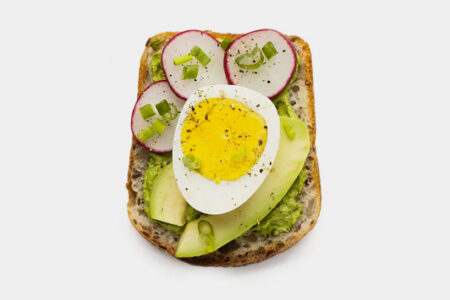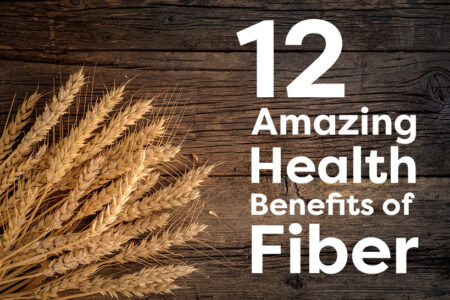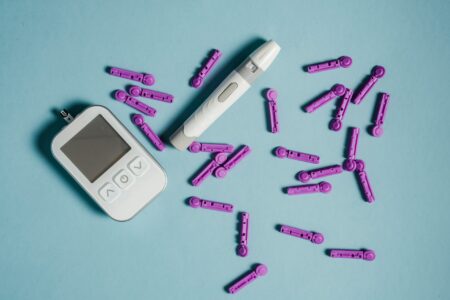Losing fat without losing muscle seems to be a challenge for many dieters. However, it is really important to maintain as much muscle as you can in order to keep the weight off and avoid the yo-yo effect.
A carefully planned diet along with a foolproof workout routine will help you melt the fat away while maintaining muscle.
Fat vs. Muscle
Losing fat and losing muscle are two different things. The first one is highly welcomed if you’re even slightly overweight, and the second one could compromise your metabolic health. There are also many physiological differences between muscle and fat you may want to know about before starting any weight loss diet:
Muscle weighs more than fat
Muscle is denser and takes up less volume than fat. That makes it weight more ore per same volume of fat, which is bulkier. This is valuable information when you start tracking your weight-loss progress; not seeing the the number on the scale go down may not mean that you’re not losing fat, but gaining dense and heavy muscle mass.
Men and women have different body compositions
Women generally have a more body fat and men more muscle mass 1.
Body fat percentage in a healthy woman is around 25% compared to 15% in a healthy man. This is entirely due to hormonal differences and because fat is essential for child rearing.

Photo by Shutterstock.com
Both are endocrine organs
Fat is not simply your body’s inert storage space for energy substrates. It’s an endocrine organ that secretes satiety hormones, controls inflammation, regulates insulin sensitivity, and controls energy metabolism 2. Studies also show that muscles secrete hormones like cytokines involved in inflammation 3.
Muscle is expensive to maintain
Muscle tissue needs more calories for maintenance than fat tissue. Even at rest, your muscles burn more calories than fat. That’s why muscular people can eat as many calories as some of their overweight counterparts and still not gain any weight.
About Weight Loss
When talking about weight loss, what most people actually mean is fat loss. Unfortunately, many dieters are not aware that they may be losing muscle when seeing their weight go down. This happens on low-calorie diets combined with inadequate protein intake and little to no exercise.
The reason people lose muscle when restricting calories is starvation mode. Starvation mode, aka starvation, response is a range of adaptive physiological changes that reduce metabolism in response to low food intake.
One of these physiological changes is breakdown of muscle, which is an energy-hungry organ. Since your body’s focus is now on supplying energy to vital organs such as the brain, it shuts down secondary tissue that spends a lot of energy such as muscle. It also uses the protein broken down from muscle tissue to maintain its physiology.
And when you get back to eating more calories after weight loss, your body regains even more fat thanks to the now reduced skeletal muscle energy expenditure. This is often called the yo-yo effect and is completely avoidable with a well-planned weight-loss diet.
How to Lose Fat Without Losing Muscle: A Step-By-Step Guide
Losing fat without sacrificing muscle is easy. You need to lower your calories, eat enough protein, exercise, rest, and get enough sleep. However, there are nuances to successful weight-loss dieting you need to know about. Below is a step-by-step guide to help you lose weight the safe way.
Step 1: Diet
The age-old rule of calories in, calories out is true to this day 4. You simply cannot lose weight if you eat more calories than you burn. Conversely, if you eat fewer calories than needed to sustain energy production, you’ll lose weight. The only exception to this rule is the keto diet.
Keto is a low-carb, high-fat diet that turns the body into a sugar-burning machine. On this diet, your body is forced to burn fat to supply the brain with an energy alternative to glucose: ketones. This process requires a lot of energy and can burn up to 600 calories all by itself 5 resulting in steady weight loss and preservation of muscle mass even with normal calorie intake.
Another advantage of the keto diet is that it suppresses appetite. Normally, weight-loss diets lead to an increased appetite. Keto, however, suppresses appetite due to higher intake of fat and protein, lower blood glucose levels, and the ketones themselves 6. On a keto diet, your daily calorie intake comes from:
- 70-80% fats
- 20-25% proteins
- 5-10% carbs
As you can probably tell, the keto turns everything you know about dieting upside down. But trust us, it works to preserve muscle while melting fat and there are studies to prove it 5.
If, however, you’re not a fan of keto, then try to reduce your calorie intake moderately and gradually. Also, make sure to eat enough protein, around 0.8-1.2g per kg of body weight. Research shows that inadequate protein intake is a major reason people lose muscle when restricting calories 7. Protein is also the most satiating of the three macros.
Step 2: Exercise
Muscle mass depends a lot on how much you’re using them. Know how muscles atrophy when someone is bedridden or when a limb is in a cast? That shows you just how much movement is important to maintain big and strong muscles.

And while any workout will do to help maintain muscle while you lose weight, some workouts are better than others and some help you gain muscle. Consider the following two for your weight-loss plan:
Resistance training
Resistance training is exercise that causes the muscles to contract against an external resistance. Examples include weight lifting, leg presses, and push-ups. These increase muscle strength, tone, mass, and endurance. They also burn a lot of calories – around 180 per hour.
High-intensity training (HIT)
A meta-analysis published in 2017 states that HIT is more effective in reducing body fat in obese adults than traditional exercise 8. High-intensity interval training (HIIT) is a special type of HIT, characterized by brief repetitions of high-intensity exercise (30‐min) with periods of rest or low‐intensity exercise (1‐5 min). A good example is walk and sprint.
However, for best effects, it’s always a good idea to combine different types of workouts. These then work in synergy to improve your metabolic health, build muscle, and enhance endurance. Try to exercise at least 3 days a week using a combo of aerobic, resistance, and endurance training.
Step 3: Rest
If you don’t give your body time to rest following workouts, it will damage the muscles and make you skip exercising. The resting period varies depending on the types of workouts. For example, studies show that you need to take 3-5 minutes of rest between sets in strength training 9.
Post-workout recovery is also important and involves eating a combination of proteins and carbs to help build muscle. Researchers aren’t sure if the timing of food intake post-workout matters, but a general agreement is eating a protein-rich meal and resting between 1 and 6 hours post workout helps build muscle 10.
Besides workout and post-workout rest, sleep also promotes weight loss. You may not be doing much while you sleep, but your body sure is. Studies show that growth hormone, which promotes muscle growth, is elevated during slow-wave sleep . Studies also show that just one of sleep deprivation elevates cortisol, a stress hormone that throws glucose metabolism off balance leading to weight gain.
Takeaways
- Weight loss and body fat loss are not one and the same.
- Many people who use crash diets to lose weight end up losing muscle mass, reducing their metabolic rate, and regaining more fat than they had before they started dieting.
- In order to preserve muscle mass for long-term dieting success, eating enough protein, exercising, and getting enough rest is essential.
- However, adopting a keto diet also helps lose fat and keep all of your muscle.










![Juicing for Weight Loss: Everything You Need to Know [Plus Recipes]](/wp-content/uploads/2019/08/Juicing-for-Weight-featured-image.jpg)








